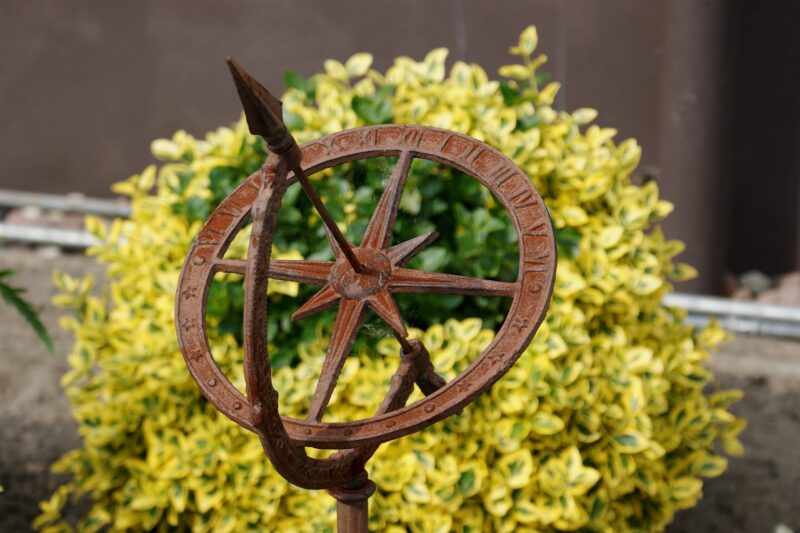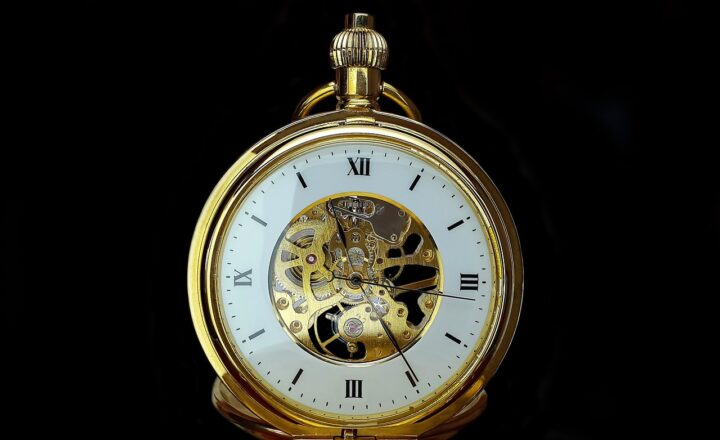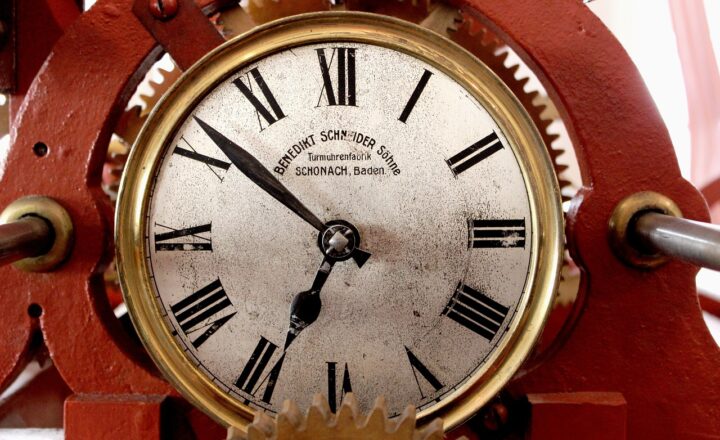The Astonishing History of Sundials and How They Were Used to Measure Time and Plan Lives
November 17, 2024

Sundials, one of the oldest known devices for measuring time, represent a unique intersection of science, art, and culture. They are not merely archaic artifacts but are rich in history and functionality, having served various civilizations for thousands of years. In this article, we will explore the fascinating journey of sundials—from their early origins to their application in different cultures and the science behind them.
1. The Origins of Sundials
The history of sundials can be traced back to ancient civilizations. The earliest sundials are believed to have originated in Egypt around 1500 BC. These initial models were simple. They utilized an obelisk, a tall, four-sided structure, to cast shadows on the ground based on the sun’s position. As sunlight struck the obelisk, shadows indicated the time of day based on their length and position.
Sundials gained popularity across various cultures, including the Greeks and Romans. The Greeks improved upon the basic design, creating sundials that were both functional and artistic. The Roman architect Vitruvius documented several innovations, including the gnomon, a pivotal component that casts a shadow on the dial plate, thereby indicating the hour.
2. The Science Behind Sundials
Understanding how sundials work requires a basic grasp of astronomy. A sundial functions based on the Earth’s rotation around its axis and its orbit around the sun. The position of the sun changes throughout the day and year, causing shadows to shift correspondingly. Here’s a breakdown of the mechanics involved:
- Gnomon: The piece that casts the shadow, it is typically a stick or a pole fixed vertically in the center of the sundial.
- Dial Plate: The flat surface marked with hour lines. As the sun moves, the gnomon’s shadow moves across these lines, marking the hours of the day.
- Latitude Alignment: To achieve accurate time measurement, the sundial must be accurately oriented to the Earth’s axial tilt based on its latitude. A sundial in Egypt will look different from one in the northern parts of Scandinavia due to this factor.
Localized variations in sundials account for the differences in shadow casting and time division used around the world. For instance, sundials in ancient China used a method called the “shadow clock,” breaking the day into different segments based on specific shadow lengths.
3. Sundials in Various Cultures
Sundials emerged as essential timekeeping devices globally, each civilization adding its touch to the design and purpose.
- Egyptians: They harnessed the sundial within temple walls for religious ceremonies and agricultural practices, which relied heavily on accurate time measurement for planting and harvesting cycles.
- Greeks and Romans: Their sundials were often adorned with intricate designs, showcasing their artistic talents. They used them in various public places and for everyday personal use.
- Chinese Sundials: These featured not only hour marks but also additional engraved information useful for astrological purposes, asserting their connection to fate and fortune.
- Indian Sundials: Exemplified by the Jantar Mantar observatories, these sundials served not only as timekeepers but also played roles in astrology, astronomy, and even as instruments of navigation.
Each culture cultivated a unique approach to the sundial, demonstrating how timekeeping evolved alongside societal needs and technological advancements.
4. The Decline and Resurgence of Sundials
With the invention of mechanical clocks in the Middle Ages, sundials faced a long period of decline. The accuracy and reliability of clocks rendered sundials less effective as the primary timekeeping device. However, this did not spell the end of sundials. They remained in use in various forms and were often regarded as artistic decor in gardens and public spaces.
In modern times, there has been a resurgence of interest in sundials, particularly among enthusiasts of historical instruments and gardening. People appreciate them not for their timekeeping ability but for their aesthetic appeal and connection to nature. Sundials are now often integrated into landscape design, serving as striking features in gardens and parks.
5. Building Your Own Sundial
If you’re intrigued by sundials, creating your own can be a fun and educational project! Here’s how you can get started:
- Materials Needed: You’ll need a flat, horizontal plate (like wood or cardboard), a straight stick for the gnomon, a compass (to find true north), and a protractor (for angle accuracy).
- Setting It Up: Choose a sunny location and secure the gnomon at an angle equal to your local latitude. Then, use the compass to align your sundial’s hour markers accordingly, marking them based on the position of the shadow at the hour intervals over a day.
- Testing and Adjusting: Over a sunny day, observe the sundial and make necessary adjustments to ensure accurate timekeeping. Label your hour markings for easy reading as well.
This engaging DIY project allows you to appreciate the science behind sundials while creating an interactive art piece for your garden.
Conclusion
Sundials not only symbolize humanity’s ongoing quest to measure and manage time but also reflect the ingenuity and creativity of civilizations throughout history. In an age dominated by technology, the timeless charm of sundials reminds us to take a moment to enjoy the sun and consider our relationship with time and nature. By understanding the past, we can appreciate the present and the simple pleasures offered by these remarkable instruments.
As you wander through your own garden, take a moment to reflect on the sundial’s legacy—a blend of science, culture, and artistry that has resonated through the ages.







